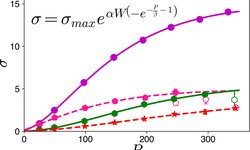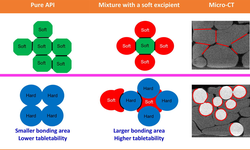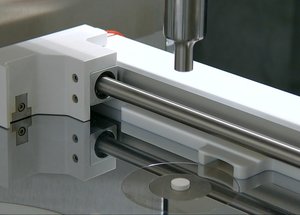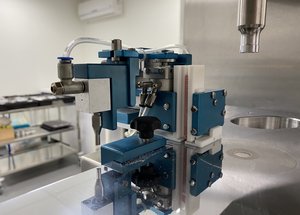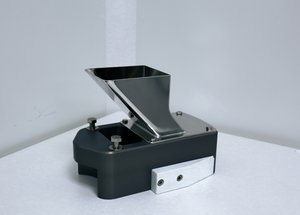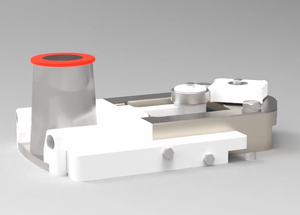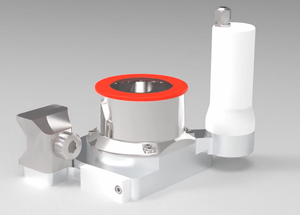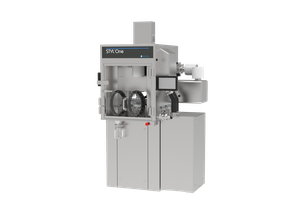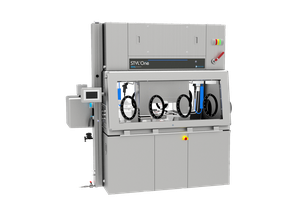Scientific papers
Tabletability is a crucial property that determines a powder's ability to form tablets under applied stresses, typically illustrated by a plot of tablet tensile strength versus pressure. Tablet tensile strength reflects the contributions of the interparticulate bonding area (BA) and bonding strength (BS) between adjacent particles in a tablet. BA is influenced by mechanical properties, particle characteristics, and tableting conditions, while BS is governed by molecular packing and intermolecular interactions. The 'tabletability flip' phenomenon (TFP) occurs when, for a pair of solid forms of an active pharmaceutical ingredient (API), the form with higher tabletability as a pure powder exhibits lower tabletability when formulated with an excipient. Factors affecting either BA or BS can also impact the occurrence and extent of TFP, but their impact has not been systematically evaluated. In this study, we assessed the impact of API loading, excipient type, particle size, and tableting speed on TFP. Our findings suggest that TFP is likely to occur when the plasticity of an excipient is comparable to the softer API, particularly at intermediate drug loadings and under high compaction pressures. Additionally, the particle size of the excipient significantly influences both the occurrence and extent of TFP, while API particle size and tableting speed have only a marginal impact.
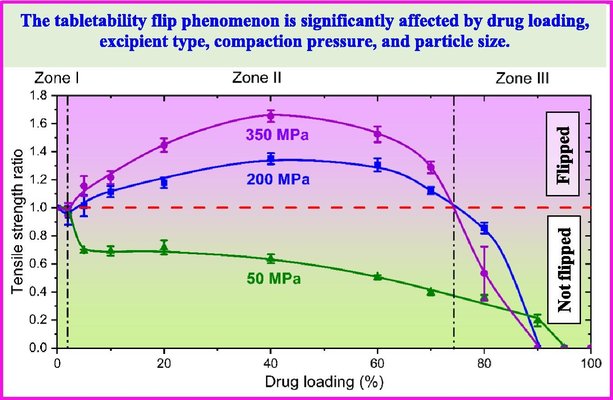
Comments
No comments posted yet.
Add a comment

